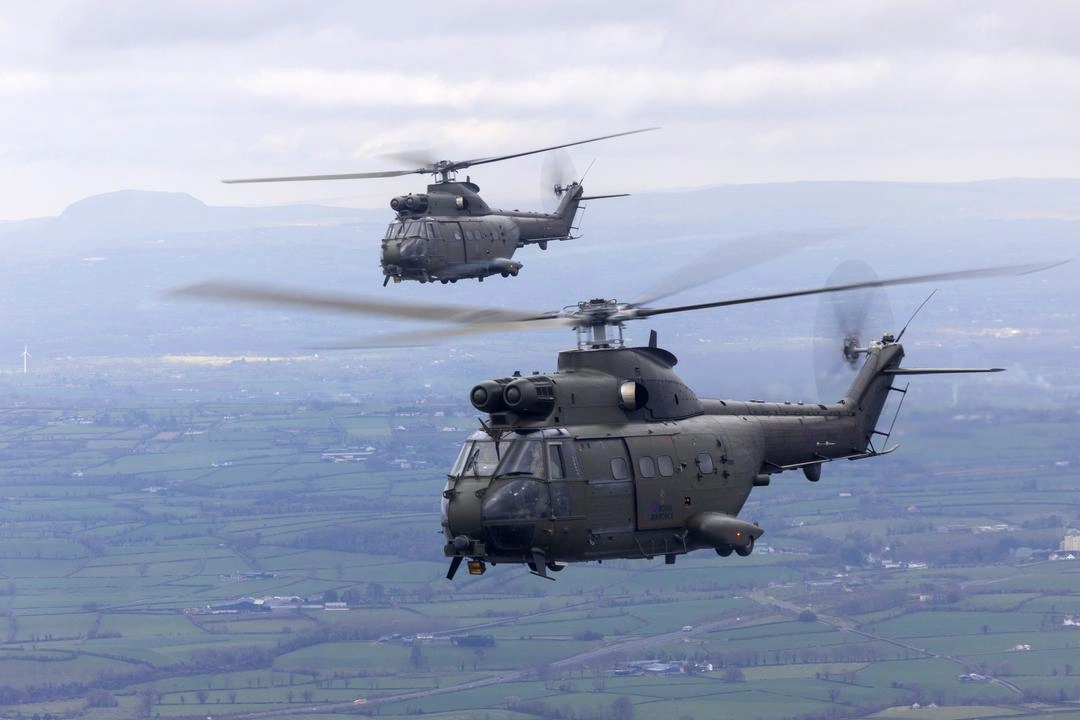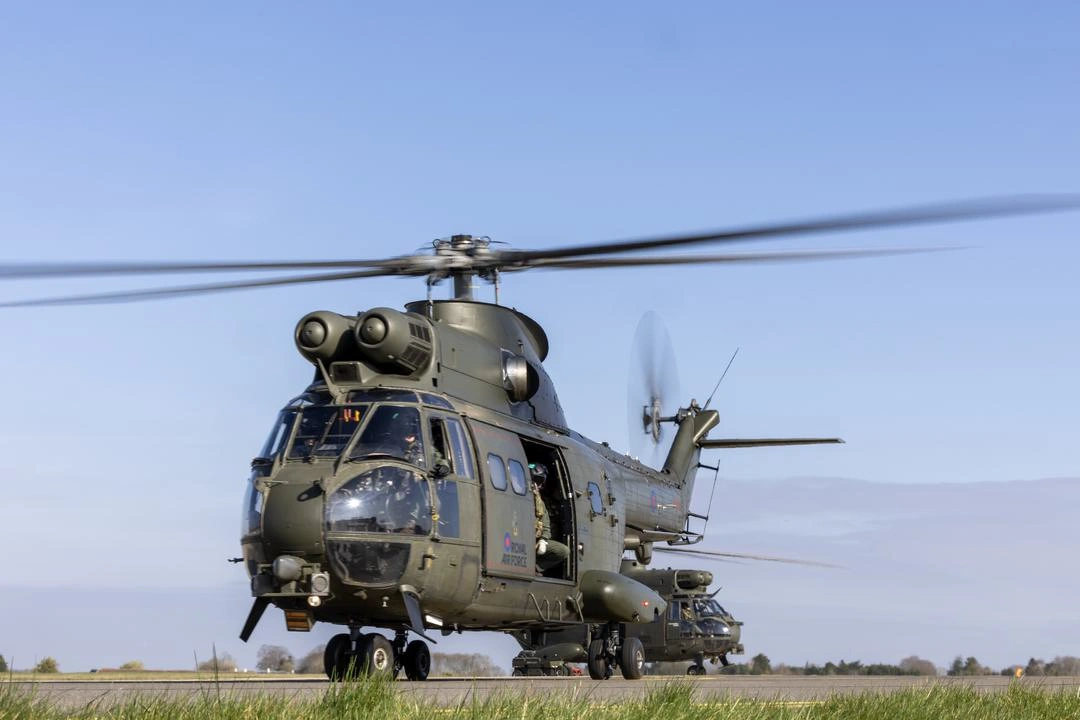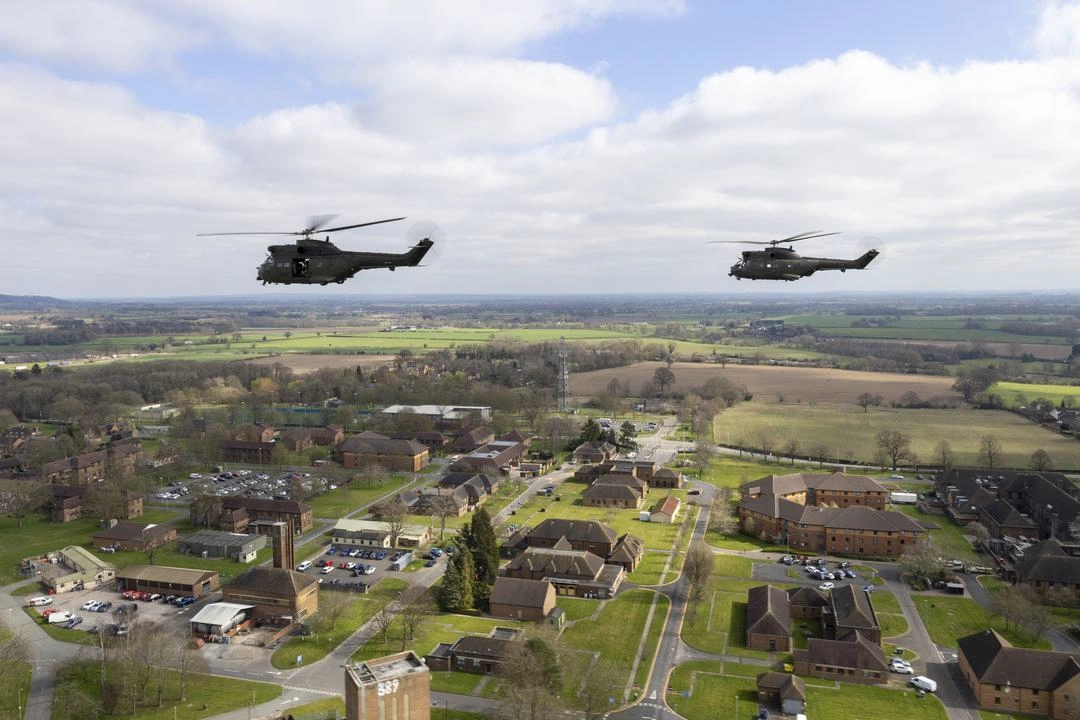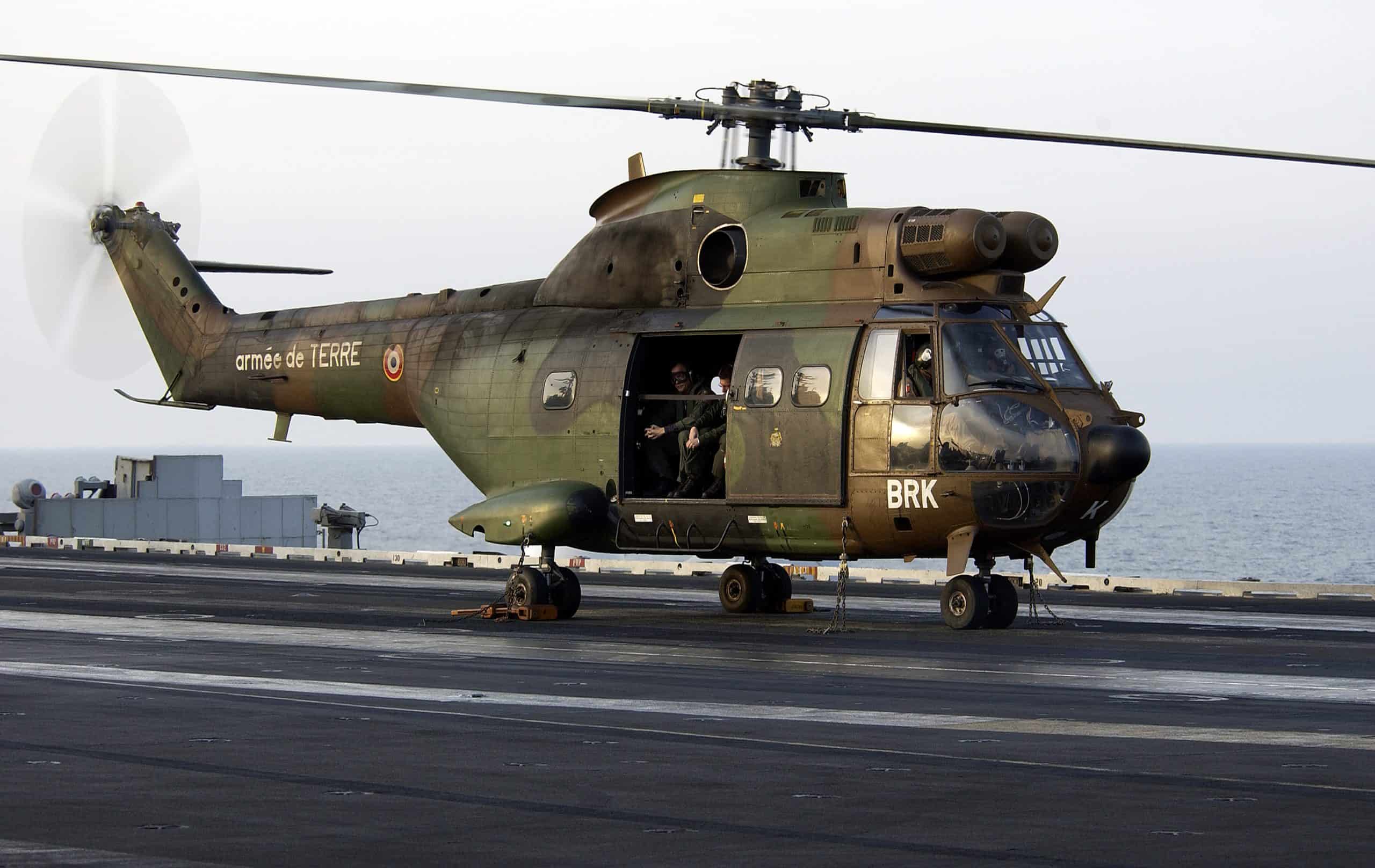
The Royal Air Force (RAF) has officially decommissioned all Puma multi-role helicopters.
According to The War Zone, the decision was finally implemented on March 31. At the time of decommissioning, the Air Force had 23 helicopters upgraded to the HC2 standard.
A few months earlier, the main airbase in Benson had started sending the helicopters for storage. Along with the Puma, 14 of the oldest CH-47 Chinooks in the British fleet were to be retired.
In keeping with RAF tradition, on March 26, the helicopters made a farewell flight over places that are significant in their history.

They took off from Benson and flew over Northern Ireland, where they took an active part in operations, as well as over bases and training grounds at Cranwell, Halton, Honington, Shawbury, and Stanford.
The route also included Boscombe Down and Airbus Kidlington, facilities that played a key role in the maintenance and support of these helicopters.
The first two Pumas were delivered to the RAF on January 29, 1971, and the first operational 33 Squadron was formed on June 14 of the same year. A total of 48 Puma HC Mk1 helicopters were ordered.
During the Falklands War, British troops captured an additional Puma J, which had previously belonged to Argentina, and after repairs, it was put into service under the designation ZE449.
Puma helicopters have participated in numerous combat operations, including in Iraq, Yugoslavia, Zaire, and Venezuela. They played an important role in peacekeeping and humanitarian missions, including flood relief in Mozambique in 2000 and Jamaica in 1988.

During the 1991 Gulf War, helicopters played a role in the rapid deployment of troops, preventing the capture of the Rumaila oil field by Iraqi forces. In 2003-2009, Puma was used to transport troops in Iraq.
In 2002, the United Kingdom purchased six former South African Puma L helicopters, and in 2008, a program to modernize the entire fleet began.
As part of the upgrade, 24 helicopters were brought to the Puma HC2 standard. They received new Turbomeca Makila engines, a digital autopilot, new security systems, and ballistic armor.
The Aérospatiale SA 330 Puma is a multi-role medium transport helicopter developed by the French company Sud Aviation (later Aérospatiale) in the 1960s.
The helicopter has a crew of two and is capable of carrying up to 16 soldiers or six stretchers for the wounded with medical personnel. Its length is 18.15 meters, and the diameter of the main rotor is 15 meters.
The height of the machine reaches 5.14 meters, the weight of an empty helicopter is about 3,680 kilograms, and the maximum takeoff weight is 7,400 kilograms.
Puma’s early versions were powered by two Turbomeca Turmo IV-C gas turbine engines, each with a capacity of 1,570 horsepower. The modernized version of the Puma HC2 uses Turbomeca Makila 1A1 engines with 1,800 horsepower each.

The maximum speed of the base model reached 257 km/h, while the Puma HC2 could accelerate to 300 km/h. The cruising speed was 273 km/h, the practical flight range was 580 kilometers, and with additional fuel tanks, it could reach 1,500 kilometers.
The practical ceiling of the helicopter was 4,800 meters, and the climb rate was 7.5 meters per second.
Although the Puma was not normally equipped with standard armament, it could be adapted to mount 7.62mm or 12.7mm machine guns on board and unguided missile launchers.
In March, it was reported that Portugal had transferred Puma helicopters to Ukraine.
Підтримати нас можна через:
Приват: 5169 3351 0164 7408
PayPal - paypal@mil.in.ua
Стати нашим патроном за лінком ⬇
Subscribe to our newsletter
or on ours Telegram
Thank you!!
You are subscribed to our newsletter